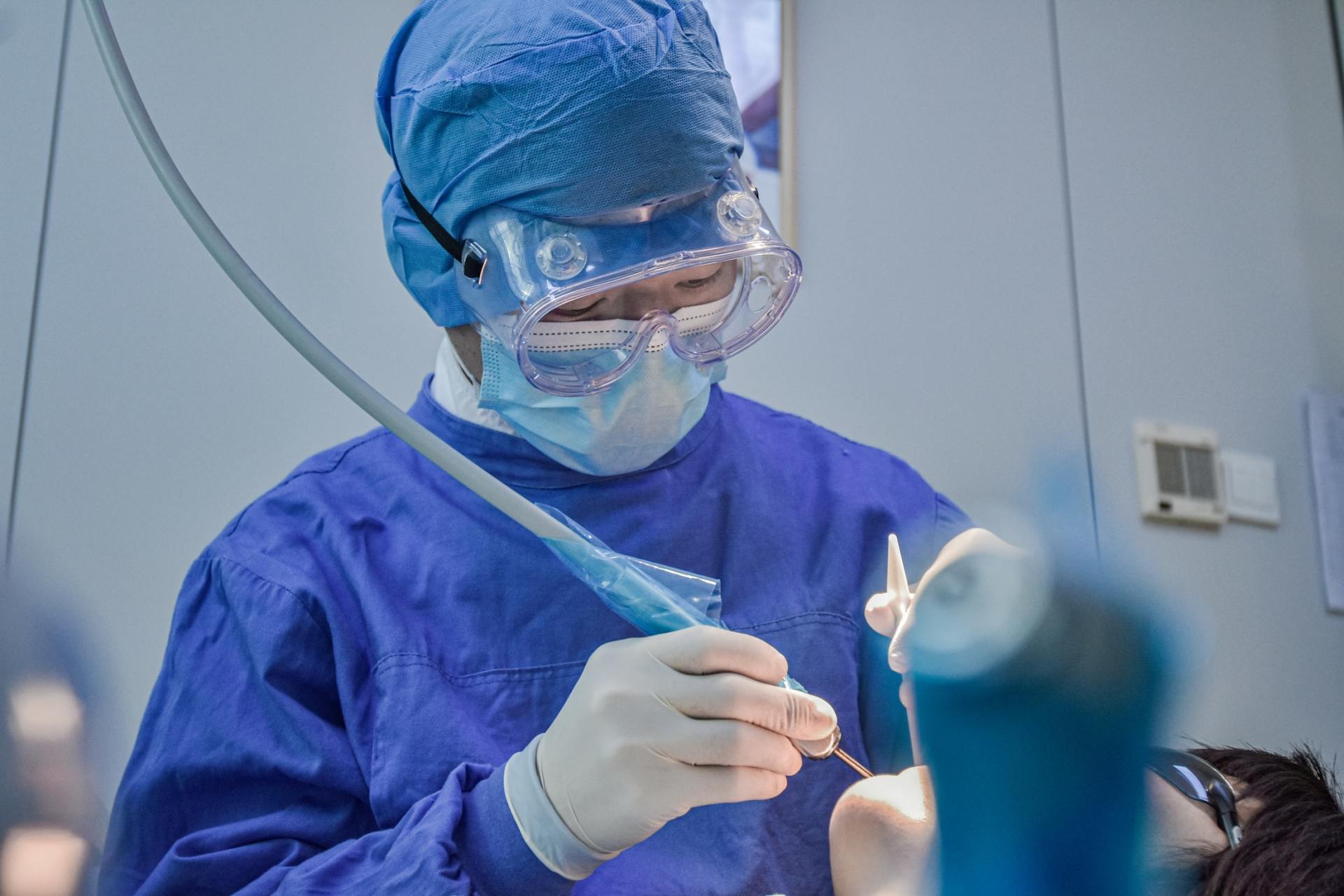Cavities in the Tooth’s ‘Mesial’ Layer – What Does This Mean?
"The tooth’s mesial has a cavity." If you’ve heard your dental provider using professional jargon such as this, it can be easy to feel like they’re speaking another language. Laying in the exam chair, wondering for several minutes how your teeth are until the pros start speaking in laymen’s terms, can be frustrating to a certain degree, which is why it never hurts to learn some of the terminology. Not only does this keep you well informed on your dental care, but it also makes complying with the dentist’s instructions easier and more feasible. The mesial, which is the forward-facing part of your teeth, is a sound place to get started.
What Does ‘Mesial’ Mean?
Each of a person’s roughly 32 teeth come with five different surfaces, which include the following:
1. Occlusal : The tooth’s chewing surface.
2. Mesial : The tooth’s forward side, found in between the tooth’s surface layer and the layer after.
3. Distal : The tooth’s back side.
4. Buccal : The tooth’s cheek side, also called the facial surface when referencing front teeth.
5. Lingual : The part that’s nearest to the tongue, also called the tooth’s labial surface.
The tooth’s mesial layer often touches the tooth’s distal layer right next to it. On the back teeth, this layer is hidden within the thin space between the teeth, where people floss. Both the distal and mesial layers can be thought of like the tooth’s side window frame while the lingual and buccal layers as the actual window. Per the American Dental Association (ADA), the tooth’s mesial surface is also described as the side facing the teeth’s midline under the nose.
Why Should I Know Tooth Anatomy?
When they’re in school, our dental professionals are taught the best ways to care for different teeth, such as the peanut-munching molars in back and the carrot-crunching incisors up front. They need to learn about the whole tooth to properly care for every part of it, and having specific names for every tooth layer helps dentists and dental hygienists communicate effectively and specify the area that requires work. It’s hard to treat the tooth’s mesial layer by itself, as the chewing (occlusal) surface is involved as well.
Per Dentistry Today , enlightening patients regarding these terms and related conditions is among the best methods dental professionals can use to serve their patients. Dental hygienists typically take care of the whole tooth, but primary infections can be in one spot in particular. Knowing this is crucial for caring for each tooth as well as every part of the tooth. Possessing a solid understanding of where problems could be lurking can better help you take care for your teeth at home in addition to other aspects of your oral health.
Need to visit a dentist but worried about the high cost of dental care? Check out our New Hampshire discount dental pla n, which can save you significant money on your dental bills. For more information, click here.
Copyright: aaronamat / 123RF Stock Photo











